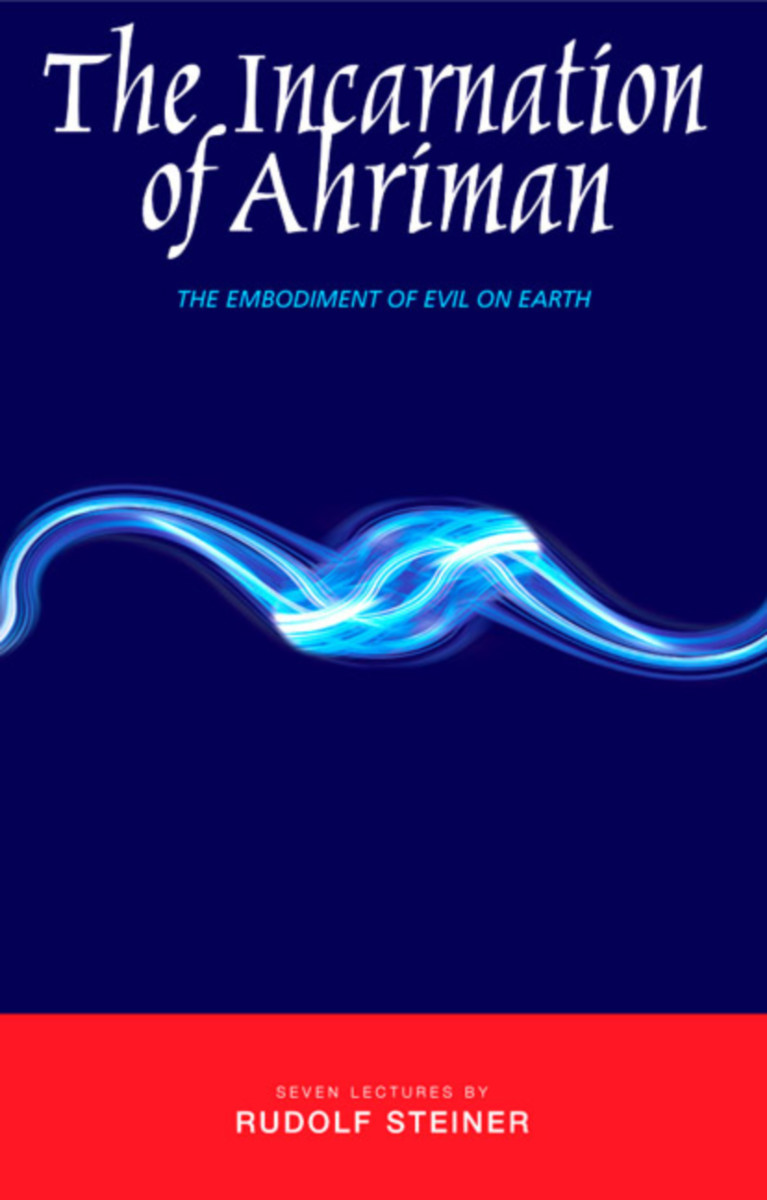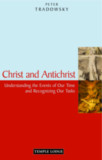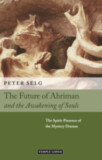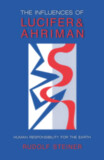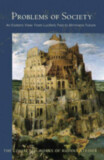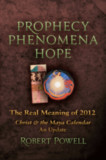The Incarnation of Ahriman
The Embodiment of Evil on Earth
- Publisher
Rudolf Steiner Press - Published
1st July 2006 - ISBN 9781855841789
- Language English
- Pages 128 pp.
7 selected lectures, various cities, October 27 – December 28, 1919
Ahriman is a significant figure of Persian mythology. Rudolf Steiner, however, spoke of Ahriman as an actual, living spiritual entity. This being, he said, works to embed human beings firmly into their physicality, thus encouraging dull, materialistic attitudes and a coarse, dry intellect. In these extraordinary lectures, Steiner assumes a rare prophetic mode. He talks about an actual incarnation of Ahriman on Earth and the potential consequences of this event. Just as Christ incarnated in a physical body, so would Ahriman incarnate in the Western world—before “a part” of the third millennium has passed.
Steiner places this incarnation in the context of a “cosmic triad” that includes Ahriman, Lucifer, and Christ. Ahriman will incarnate as a counterpoint to the physical incarnation of Lucifer, which took place in the East during the third millennium BC. The incarnation of Jesus Christ took place in Palestine as the point of balance between the two.
During the period when Steiner developed Anthroposophy—a teaching career of more than twenty years that included over than six thousand lectures—he spoke of Ahriman’s incarnation only six times. For the first time, these six lectures (plus a supporting excerpt) are reproduced in their entirety in a single volume.
Rudolf Steiner
Rudolf Steiner (b. Rudolf Joseph Lorenz Steiner, 1861–1925) was born in the small village of Kraljevec, Austro-Hungarian Empire (now in Croatia), where he grew up. As a young man, he lived in Weimar and Berlin, where he became a well-published scientific, literary, and philosophical scholar, known especially for his work with Goethe’s scientific writings. At the beginning of the twentieth century, he began to develop his early philosophical principles into an approach to systematic research into psychological and spiritual phenomena. Formally beginning his spiritual teaching career under the auspices of the Theosophical Society, Steiner came to use the term Anthroposophy (and spiritual science) for his philosophy, spiritual research, and findings. The influence of Steiner’s multifaceted genius has led to innovative and holistic approaches in medicine, various therapies, philosophy, religious renewal, Waldorf education, education for special needs, threefold economics, biodynamic agriculture, Goethean science, architecture, and the arts of drama, speech, and eurythmy. In 1924, Rudolf Steiner founded the General Anthroposophical Society, which today has branches throughout the world. He died in Dornach, Switzerland.


